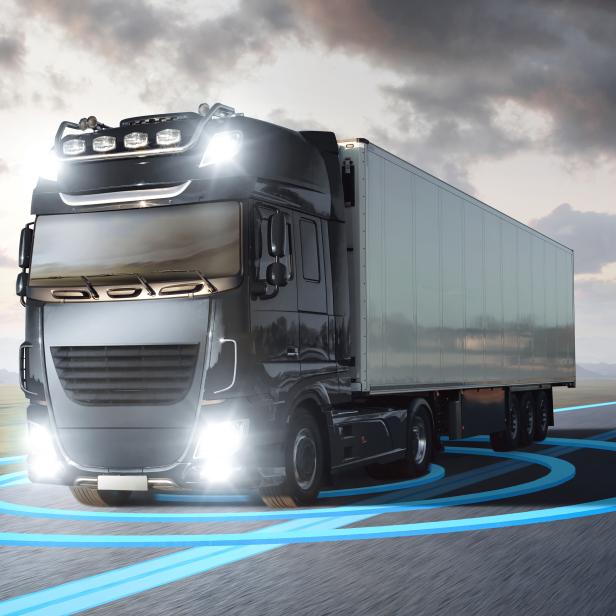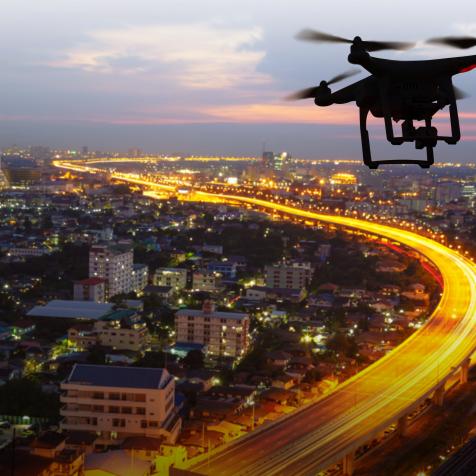
photoschmidt
Robotrucks to Deliver New Era of Driverless Technology
Clear winners are hard to pick in the race to develop self-driving vehicles, but autonomous trucks have built a convincing lead. Robotrucks have completed thousands of automated journeys and the world appears to be braced for a new era of driverless delivery.
Big-name vehicle manufacturers like Daimler and Peterbilt, alongside AV innovators like Aurora, TuSimple, and Waymo Via have sunk billions of dollars into making self-driving trucks work. Manufacturers and technology companies see this as a solid investment in a road freight market estimated to be worth more than $700 billion in the US alone.
Vehicles are fitted with sophisticated LIDAR road scanning systems, computer vision, and AI predictive software, servicing the so-called ‘ middle mile ’ between distribution centers, where loads are picked up and dropped off for human drivers to complete deliveries to homes and businesses.
Fort Worth, in north central Texas, is the site of a 27,000-acre distribution hub that includes a freight airport and rail yard, with regional bases for companies including Amazon, UPS, and FedEx. Infrastructure friendly to self-driving vehicles was installed by AV companies, including 5G cell networks and specialist warehouse docks, to create room for the industry to grow.
Longer, straighter highway drives have provided autonomous vehicle (AV) companies with the perfect opportunity to train their self-driving technology. And Texas, with its spacious highways, thriving road freight market, and relaxed regulations provided near ideal conditions to road test the trucks.
Large class 8 semi-trailer robotrucks drove unmanned on long-distance routes between Fort Worth and Houston thanks in part to a state bill passed in 2017 permitting the tests. Other states including Arizona, Oregon, and Virginia have their own regulations in place to allow AV testing on public roads.
There are six levels of vehicle automation and level five – full autonomy, drive anywhere – is the end goal. Autonomous journeys often run at level four, with a backup driver in the cab ready to take control in case an accident happens.
In December 2021 a fully automated ‘driver out’ semi-truck drove 80 miles on public roads between a railyard in Tucson, Arizona, and a distribution center in Phoenix to prove level four trucks are safe. Several companies now plan to deploy driverless trucks on Texas interstates.
Analysts say that up to 90 percent of long-haul trucking jobs could be lost to self-driving technology once it becomes widespread. One study predicts that more than 500,000 jobs will disappear as highway driving is automated. There are 3.5 million truck drivers in the US and unions and industry leaders say huge job losses are likely.
Safety is another concern. Questions of whether authorities are ready to deal with the new technology followed a crash between a Waymo Via class 8 truck and another human-driven semi-truck near Ennis, Texas. The human driver was at fault, but the safety operator in the Waymo truck did not take control during the incident and a report exposed weaknesses in the way the crash was dealt with.
AV industry representatives say their vehicles are safer than cars driven by people and will improve road safety. But doubts from road safety campaigners, transport workers, and city authorities exist about rapid change without stricter controls. All agree that new laws will be necessary, as well as more detail on how society will be affected by the new
technology.

















